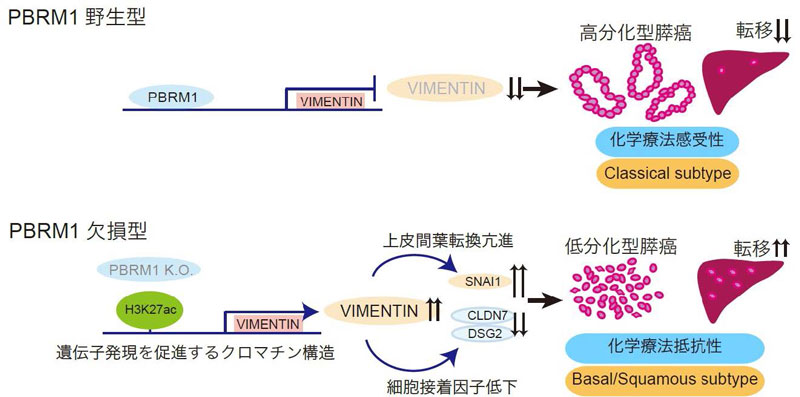2025-06-03 中国科学院(CAS)

Raman flow cytometry achieves high-throughput, high-precision selection of rare, high-value mutants from vast microbial libraries. (Image by QIBEBT)
中国科学院青島生物能源与過程研究所の研究チームは、ラマン分光法とマイクロ流体技術を組み合わせた新しい単一細胞選別プラットフォーム「FlowRACS 3.0」を開発しました。この技術は、従来数か月から数年かかっていた高機能微生物株の選別を、数時間から数日に短縮します。具体的には、ラベル不要で非侵襲的なラマン分光法を用いて、1分間に最大600個の細胞を高速で分析・選別し、細胞の生存性を維持しながら代謝特性に基づく選別が可能です。
実証実験では、DHA(ドコサヘキサエン酸)生産に重要な微生物Aurantiochytrium sp.の変異体ライブラリから、野生株に比べDHA生産量が58%増加し、脂質含有量が34%高く、DHA純度が21%向上した株を2日間で選別しました。この成果は、微生物のスクリーニング手法を革新し、合成生物学やバイオ医薬品開発など多様な分野での応用が期待されます
<関連情報>
- https://english.cas.cn/newsroom/research_news/life/202505/t20250527_1044486.shtml
- https://www.pnas.org/doi/10.1073/pnas.2503641122
ラマンフローサイトメトリーによる代謝特性のゲノムワイドランダム変異誘発ライブラリーのラベルフリーハイスループット生細胞選別 Label-free high-throughput live-cell sorting of genome-wide random mutagenesis libraries for metabolic traits by Raman flow cytometry
Xixian Wang, Sen Wang, Zhidian Diao, +14 , and Bo Ma
Proceedings of the National Academy of Sciences Published:May 30, 2025
DOI:https://doi.org/10.1073/pnas.2503641122
Significance
Sorting cells with target metabolic functions from a mutant pool exhibiting substantial genetic diversity is often the rate-limiting step in synthetic biology. Here, we developed a label-free, high-throughput Raman-activated cell sorting technology (pDEP-DLD-RACS) that enables rapid screening of metabolic traits from highly heterogeneous mutant libraries. By sorting DHA-overproducing mutants within just two days, it achieves a 58% yield improvement over wild types, outperforming traditional methods that can take years. This innovation significantly enhances screening efficiency and serves as a powerful tool for optimizing industrial microbial strains and advancing synthetic biology.
Abstract
A full spontaneous single-cell Raman spectrum captures the metabolic phenome in a label-free and noninvasive manner. However, Raman-activated cell sorting (RACS) of rare target cells from highly heterogeneous systems has remained largely conceptual. Here, we present a positive dielectrophoresis-induced deterministic lateral displacement (pDEP-DLD)-based RACS (pDEP-DLD-RACS), in which a modulated pDEP-DLD force is applied to focus, trap, and functionally sort fast-moving single cells in a wide channel. For pigment- and oil-producing yeasts, pDEP-DLD-RACS shows high sorting accuracy (>90%), high throughput (~600 events min-1), high yield (>85%), and long stable running time (~10 h), and can sort rare cells while preserving full cellular vitality. Moreover, label-free sorting directly from a genome-wide random mutagenesis library with >105 Aurantiochytrium sp. Mutants, based on intracellular docosahexaenoic acid (DHA) content, produces mutant cells with 58% higher DHA productivity in just two RACS runs over two days, representing two-orders-of-magnitude higher time- and cost-efficiency than conventional approaches. This superior trait arises from global remolding of transcriptomes, including enhanced carbon metabolism, reduced intracellular NADPH synthesis rates, and increased triacylglycerol (TAG) synthesis. By enabling direct screening of metabolic traits from genome-wide mutagenesis libraries, pDEP-DLD-RACS is a powerful platform for synthetic biology.


